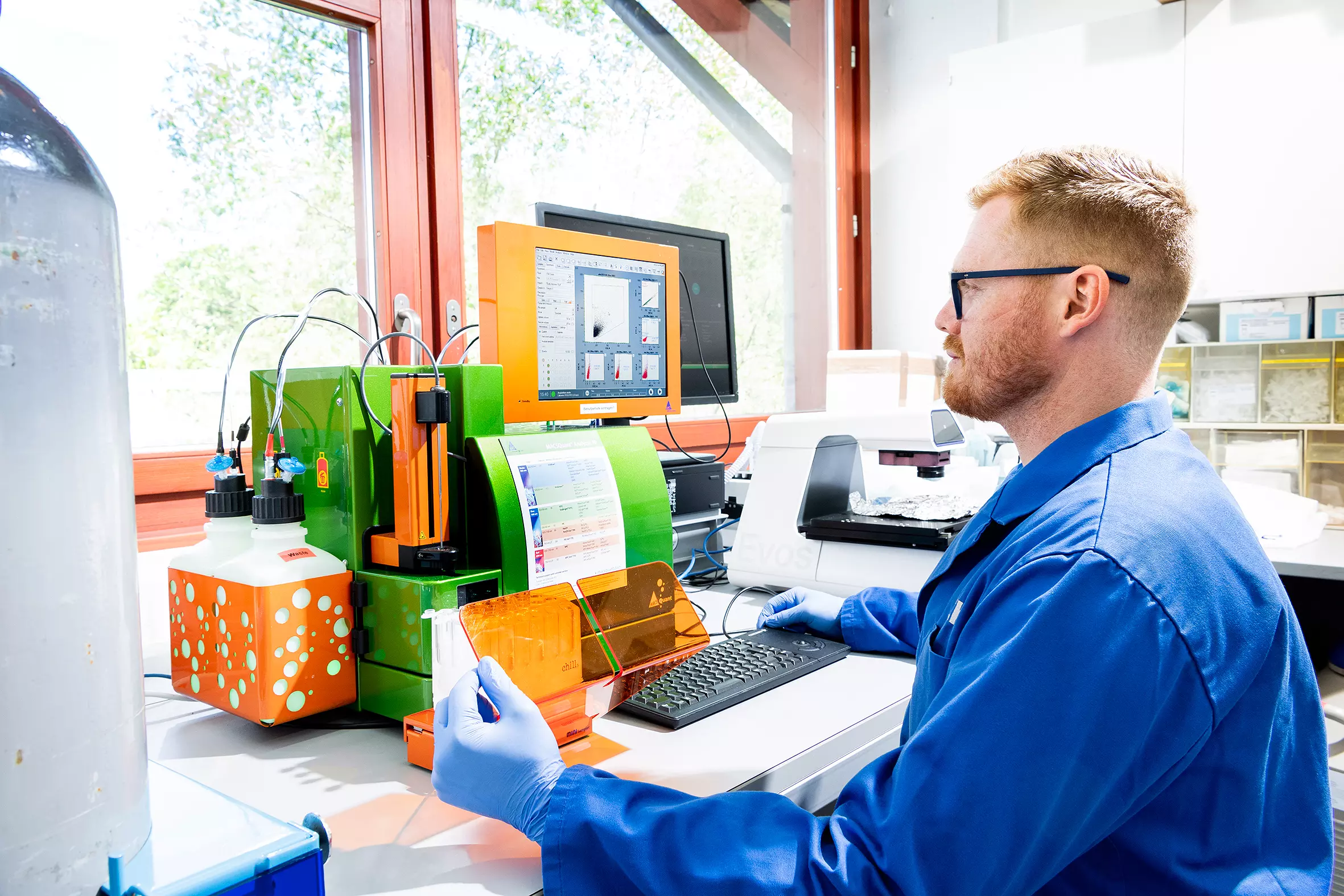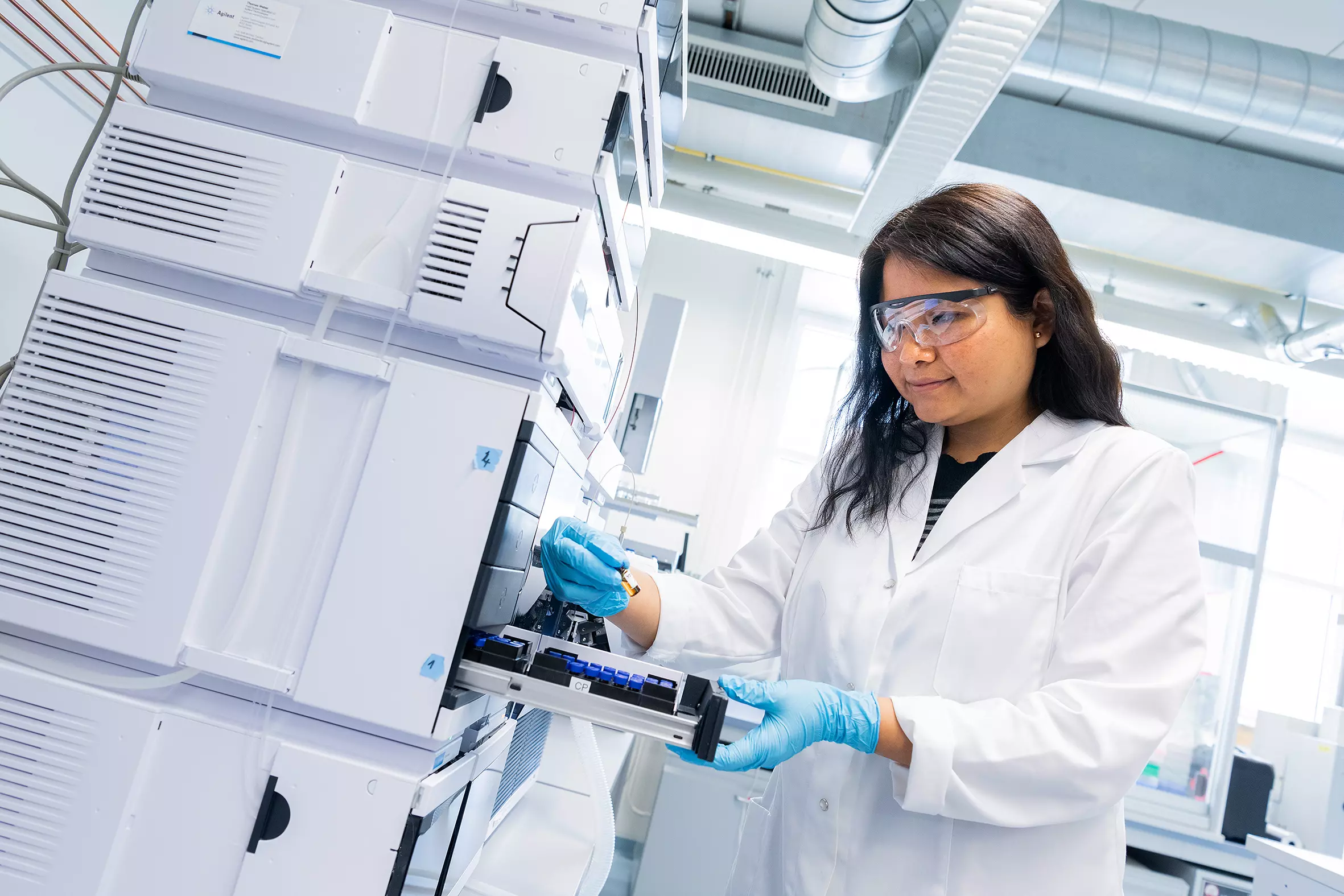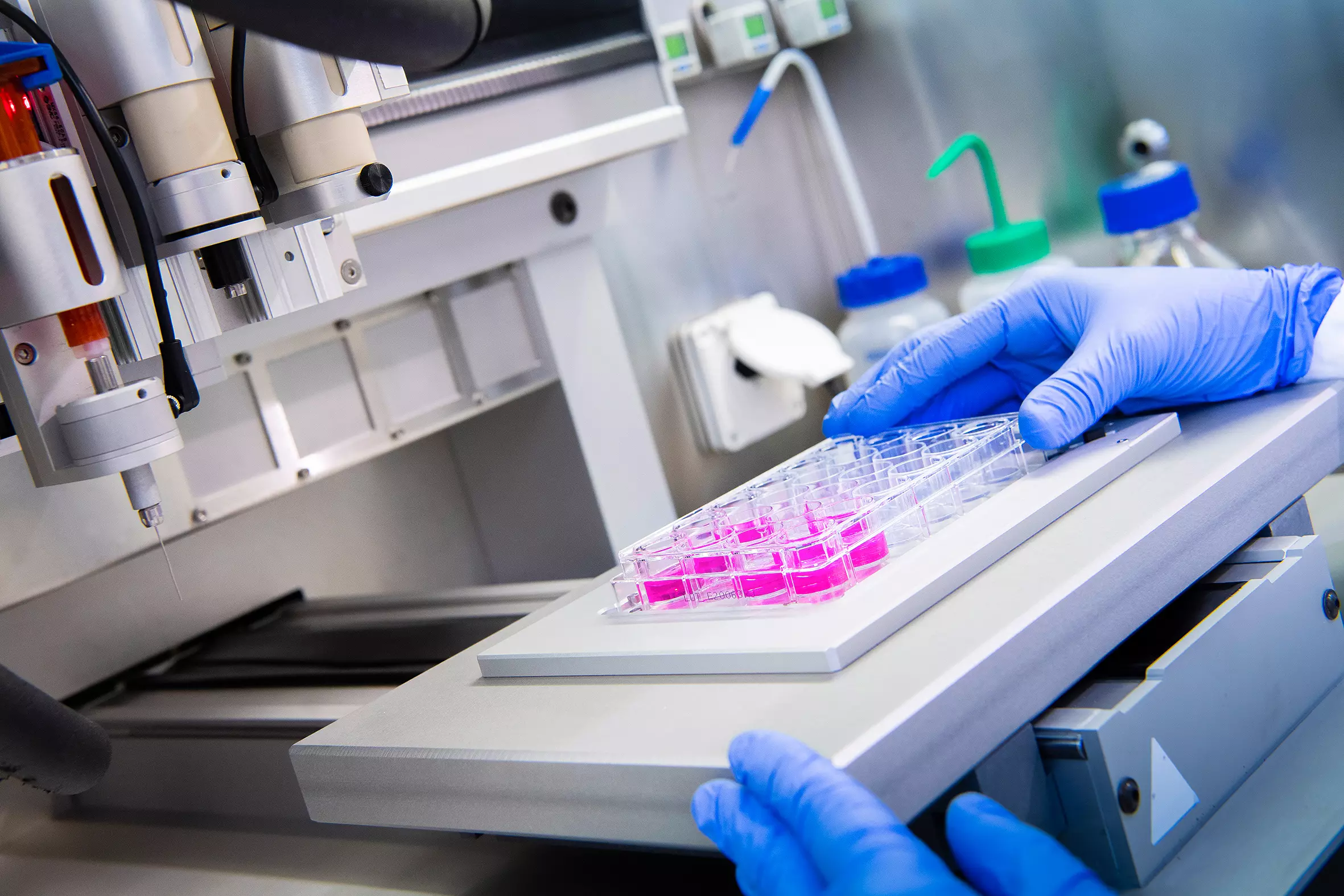Technology Outlook 2021: three ICBT research areas as technologies of the future
The Swiss Academy of Engineering Sciences (SATW) identifies industrially relevant and pioneering technological developments on behalf of the federal government. Every two years, it produces an early identification report, the Technology Outlook. Three research areas of the Institute for Chemistry and Biotechnology (ICBT) are represented in the current 2021 edition: 3D bioprinting, biocatalysis and biosynthesis, and now also the mass cultivation of stem cells.
The SATW is Switzerland’s most important expert network in the field of technical sciences. As a professional organisation, it provides independent and objective information about technology as a basis for forming well-founded opinions. It also seeks to generate interest in and promote an understanding of technology among the population. For the recently published Technology Outlook 2021, the SATW has identified pioneering technologies that still require at least three years until they reach product maturity. In the field of life sciences, the ZHAW is represented by three research areas of the ICBT.
Mass cultivation of stem cells (Prof. Dr. Regine Eibl)
Human stem cells are body cells that reproduce themselves. They can be differentiated into different cell types or tissues and offer enormous potential for researching and treating severe illnesses. For example, stem cells can be used to replace or repair damaged cells or tissues. In order to meet the growing demand for stem cells, they need to be mass cultivated. Until now, this process has mostly been performed in sterile plastic dishes, so-called cell factories. However, these are difficult to handle, and monitoring them is only possible to a limited extent. Automated single-use bioreactors represent an alternative form of production. Using this technique, the cells are cultivated in a liquid with finely dispersed beads known as microcarriers. It is here that Regine Eibl’s research group comes in. It is looking for chemically defined culture media, suitable microcarriers and bioreactors and is developing cultivation techniques that are precisely tailored to the respective stem cell types. Due to its great potential, the technology has now been included in the Technology Outlook.
Centre for Biochemical Engineering and Cell Cultivation Techniques
3D bioprinting (Prof. Dr. Michael Raghunath)
Additive manufacturing of tissues and organs has established itself as a promising technology in the field of tissue engineering. Using 3D bioprinting, living tissues can theoretically be assembled and built up as desired in a layer-by-layer process. This can achieve a higher level of complexity than standard tissue engineering, which in turn can make it possible to achieve increasingly complete physiological activity in human tissues produced using cell culture techniques. This is important for the pharmaceutical industry, as the development of drugs and cosmetics is inefficient and expensive. Tissues produced on a standardised basis can improve testing processes, while at the same time reducing the need for animal testing. In the area of regenerative medicine, 3D bioprinting also allows for blood vessel structures to be printed and integrated into implants.
Centre for Cell Biology and Tissue Engineering
Biocatalysis and biosynthesis (Prof. Rebecca Buller)
Biocatalysis and biosynthesis refer to the use of enzymes (natural catalysts) or microorganisms for the sustainable production of products. They are used in addition to classic chemical synthesis. Biodegradable biocatalysts can be tailored using directed evolution for many areas of application that represent a challenge for traditional chemistry. Biocatalysis or biosynthesis is already used in many industries, for example in the production of fine chemicals, in the flavour and fragrance industry or in the production of active agents. Much hope is placed on these technologies for the utilisation of renewable resources, and they allow for greater independence from fossil energy sources.


